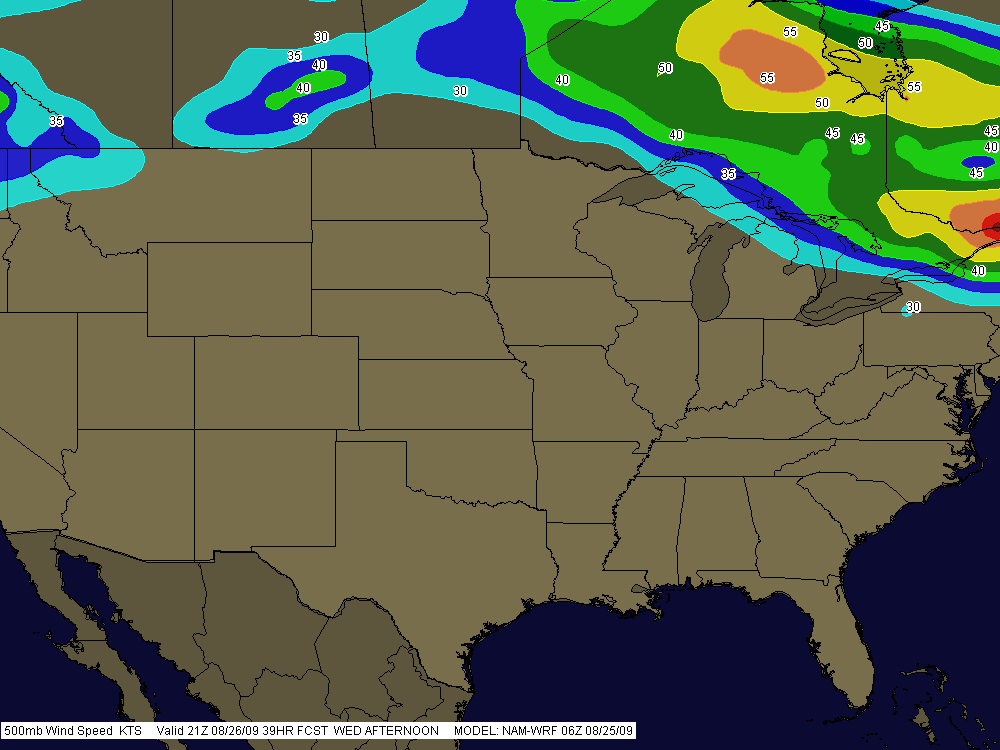If you’re a business owner or executive, this post is for you. It’s admittedly a tangent from my normal focus on jazz saxophone and storm chasing, but I’ve a hunch that a few of you may benefit from the digression.
This is to notify you of The Quintessential Encounter–a four-day retreat at an award-winning lodge in the heart of the Ozark Mountains that can help you set, and equip you to attain, your professional and life goals.
Sounds pretty addy for a blog, eh? Well, as I’ve said, this is a departure from my usual style, and in fact it’s the first time I’ve ever pushed a non-weather, non-music related event on Stormhorn.com. But the person who is organizing The Quintessential Encounter, executive life coach and mediation/negotiation specialist Lorraine King-Markum, is a close personal friend of mine. I know her vision, I know her capabilities, and I know the quality of experience she intends to deliver. The woman is incredible, and I can say with confidence that if you’re among the twelve lucky people who will participate in this retreat, which is scheduled for May 25-28, 2010, you will find that it truly lives up to the description, “life-defining.”
It will also very likely be the most enjoyable developmental experience in your career. I’ve visited the Big Cedar Lodge, and it is sublime. Lorraine is going to great pains to provide a beautiful and relaxing environment for a very different kind of business retreat–one that serves you rather than the promoters; one that will invigorate and inspire you rather than leave you feeling brain-dead after eight hours of mind-numbing presentations.
In Lorraine’s words, “The age of ‘market them to death’ while they are exhausted and impressionable is over!”
Whether you’re a beginner or seasoned business veteran, this transformational event is going to give you easy-to-follow blueprints for unlocking the lifestyle and business success you’ve been striving for. You will be mentored through the revolutionary new CRAFT coaching system, which provides real life applications.
Your registration fee includes:
* three nights at the award-winning Big Cedar Lodge from Tuesday evening, May 25th to Friday, May 28th
* a welcome party
* two meals a day plus snacks
* all experiential exercises
* workbook
* coaching sessions
* making a product to sell online
* all facilities at Big Cedar
There you have it. For more information or to make a reservation, visit the website or email Lorraine at lorraine@kingleadership.com.




